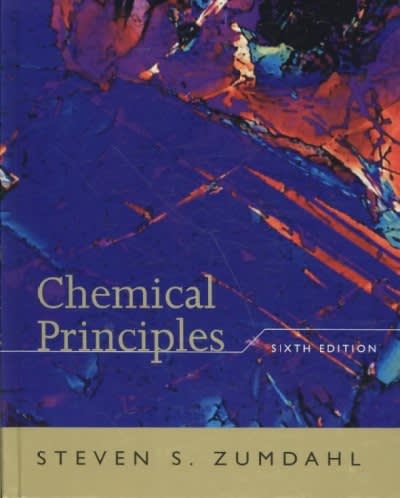The reaction [mathrm{A} longrightarrow mathrm{B}+mathrm{C}] is known to be zero order in (mathrm{A}) and to have a
Question:
The reaction
\[\mathrm{A} \longrightarrow \mathrm{B}+\mathrm{C}\]
is known to be zero order in \(\mathrm{A}\) and to have a rate constant of \(5.0 \times 10^{-2} \mathrm{~mol} \mathrm{~L}^{-1} \mathrm{~s}^{-1}\) at \(25^{\circ} \mathrm{C}\). An experiment was run at \(25^{\circ} \mathrm{C}\) where \([\mathrm{A}]_{0}=1.00 \times 10^{-3} \mathrm{M}\).
a. Write the integrated rate law for this reaction.
b. Calculate the half-life for the reaction.
c. Calculate the concentration of B after \(5.0 \times 10^{-3} \mathrm{~s}\) has elapsed.
Fantastic news! We've Found the answer you've been seeking!
Step by Step Answer:
Related Book For 

Question Posted:





